Linoleum underlay - a necessity or an excess?
Having chosen linoleum as a floor covering, having acquired the necessary, you decide that you can start laying it. But here it turns out that there are two options for installing it: either on the substrate or without it. But even about this minimum choice, controversy erupts.
First, let's figure out what it is, what it is made of and why it is needed. In fact, this is an insulating material that is laid on the base in front of linoleum flooring.
What is it for, what types are there
The substrate eliminates the possibility of contact of the material with the floor. It serves for:
- Compensation for uneven ground. If the substrate has defects, they will affect the coating. All hollows, cracks and tubercles will be drawn on its surface. Subsequently, this will lead to destruction. The material underneath will protect linoleum from premature wear by compensating for small bumps.
- Soundproofing. This especially helps in apartment buildings, where noise from the lower floors is perfectly audible.
- Thermal insulation. In rooms located on the first floors, the floors are always cold. The same applies to apartments, under which non-residential premises are located. Floors in houses arranged on the ground also need additional insulation. In this case, it is an excellent insulation.
There are several types of insulating materials.
Jute
The jute substrate is composed of plant fibers. This is a unique material made from natural jute fibers. In its composition there is a flame retardant that prevents decay and burning. It is able to absorb and remove moisture over time without getting wet at the same time.
Cork
This species consists of shredded tree bark. The process of its production excludes the use of synthetic substances. Nevertheless, it has the best indicators of heat and sound insulation.
In addition to the high price, cork material has another significant drawback. Its surface, due to its low stiffness, bends under heavy furniture. And this leads to deformation of linoleum.
Linen
Linen backing retains natural ventilation between the floor and the floor. And this prevents the appearance of moisture and fungus. Since flax is used in the manufacture of this material, it is an absolutely natural product.
In the production process, the material is treated with flame retardants, which do not allow insects to wind up and prevent rotting.
Do not know what to use so that the room is warm and dry? Use a backing in which flax, jute and wool are present in equal proportions. It has additional wear resistance and thermal insulation properties.
Foamed
Regarding this species, experts have long concluded that it is not suitable for linoleum. She quickly wrinkles and loses shape, without performing her functions.
Video: what should be the basis for laying flooring
In order to unequivocally answer the question on the basis, it is necessary to know exactly the technical characteristics of a properly arranged floor base, designed just for installation of linoleum. So, the basis should be:
- durable;
- as solid as possible;
- absolutely dry;
- smooth - smooth differences of 2-7 mm are permissible;
- without oil and greasy spots;
- no trace of old paint.
Types of bases for linoleum
Now we will consider all possible bases on which such a floor covering can be mounted.
Concrete
Ideal is a concrete base, leveled using a special leveling mixture, concrete screed or "floating floor". It is it that in fact is the best linoleum substrate.
Before laying the coating on a concrete screed, it must be allowed to dry completely. Drying time depends on the room temperature, humidity and ventilation efficiency. But according to the norms, the drying and hardening period of the concrete screed cannot be less than 30 days.
It is very easy to check if the screed contains moisture with a simple piece of cellophane film. You just need to put it on the screed overnight and fix it with tape. If in the morning it turns out that the film is dry, then you can proceed to installation. In this case, the base must first be thoroughly cleaned of dust.
In no case should the concrete base be leveled by laying sheets of plywood or other wood material on it. They absorb moisture and deform, so on this basis linoleum will quickly lose its performance characteristics.
Wood
The wooden floor is also a good base, but if it has cracks, bumps, traces of nails or other flaws, then on top of it mounted plywood 8-12 mm thick. It is she who will perform the function of an insulating and leveling material.
In the case when the floorboards are well preserved, the use of plywood is not required. Minor irregularities and microcracks are eliminated with the help of special putty.
Linoleum
Provided that the old linoleum holds firmly to the base, does not have bumps, torn places and deformations, a new coating can be laid on it. Before this, the base must be degreased and glue applied to it.
In other circumstances, the old coating must be removed. You can read more read in the article.
Ceramic tile
In this case, we are talking about an ideal base for linoleum. If the tile has come off, cracked or the tile seams are deformed, then before installing linoleum all the flaws are eliminated with the help of a leveling compound.
When it is completely dry, everything is cleaned with sandpaper, and the dust is removed. On this basis, the flooring will be long and serviceable.
Based on the above information, we can safely say that neither cork, nor jute, nor linen, nor felt materials, which are widely available on the market, are completely irrelevant. They are designed to level the base and insulate it.
But, firstly, all the bases according to the rules and norms are preliminary aligned, and secondly, household linoleum in its design is based on a fabric, jute and polyvinyl chloride basis, that is, it is insulated.
An exception is a coating without a base, which needs a substrate as additional insulation. Moreover, it should have increased strength and rigidity.

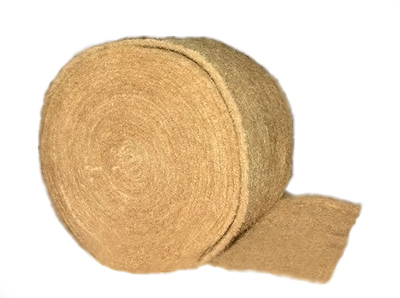

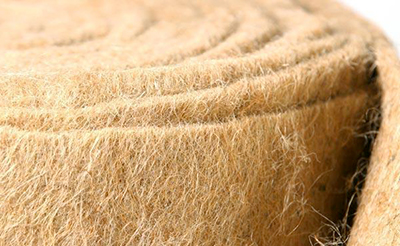

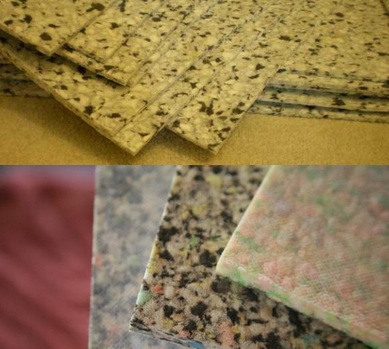
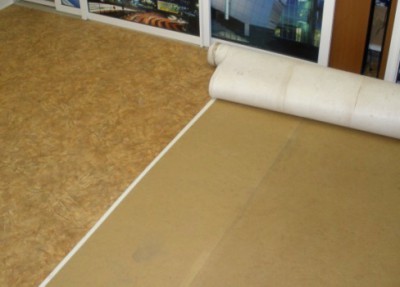
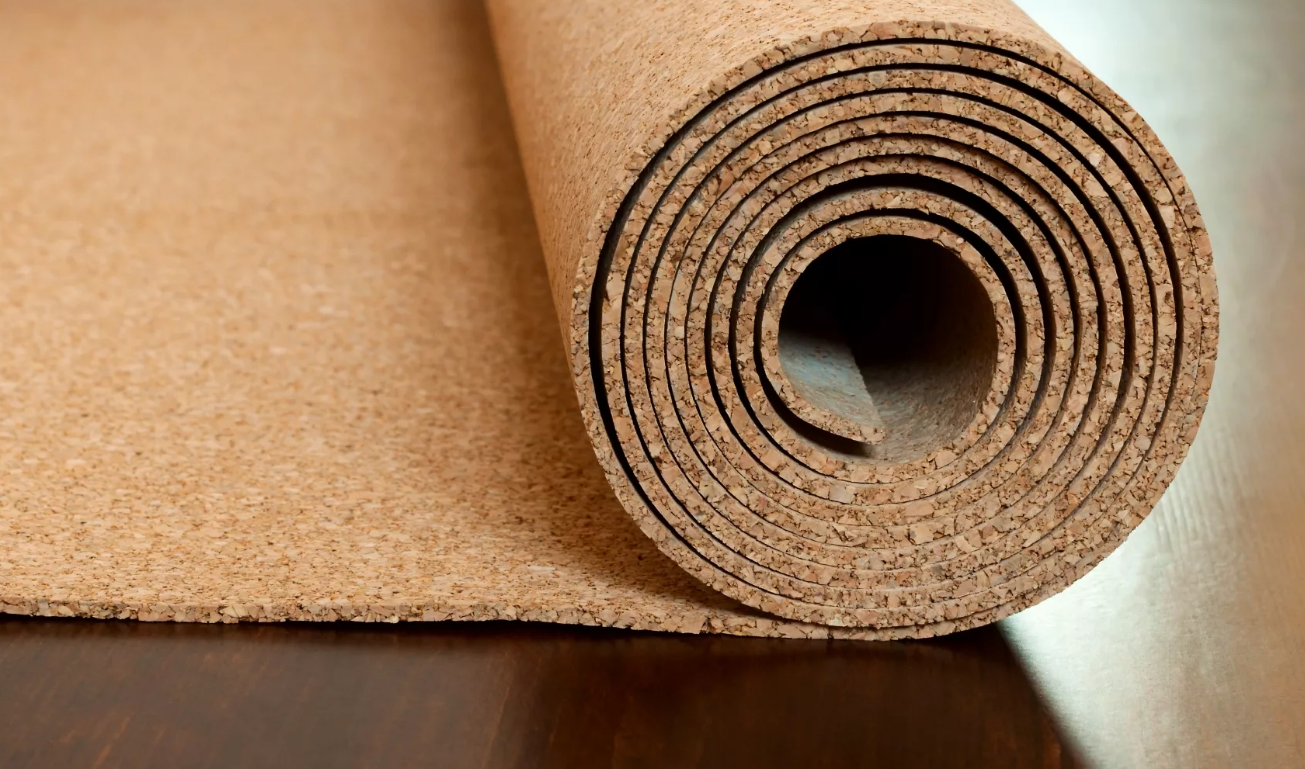
15 comments